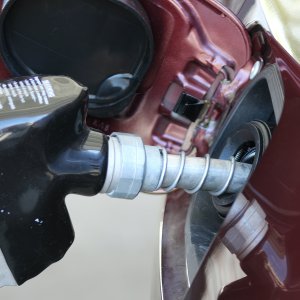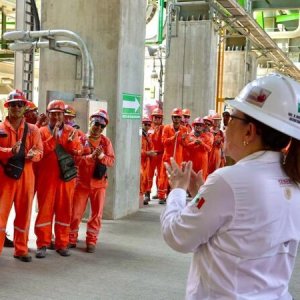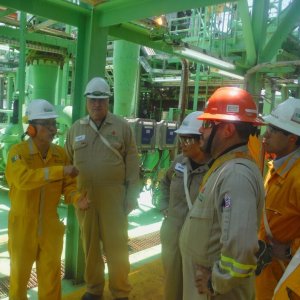Undiluted Accountability for a Healthy Industry

STORY INLINE POST
Q: What has been the biggest achievement of ASEA during 2017?
A: From very early in the life of the agency we recognized that we had to make sure our internal processes reached a status that is usually called the point of no return. We wanted to make sure that no matter who runs the office in the future, the original regulatory model would remain unchanged and fulfill its long-term commitments to the industry. It is natural that certain changes in regulation will take place with each new administration but our work is committed to offering longterm certainty in terms of the foundation of the regulatory framework entrusted to us.
Q: What has been ASEA’s progress in achieving its “points of no return?”
A: ASEA has consolidated the certainty of the regulatory framework by reaching three specific points of no return in its administration during 2017: the regulation of the market, the permitting of projects and the enforcement of inspections in hydrocarbon operations. In terms of market regulation, we have covered all the main regulatory gaps that existed before and since the creation of the agency, meaning that all the regulations, guidelines and standards have been published. The rules of the game are set and include over 30 different types of regulation already published, including those for unconventional and deepwater activities. In terms of permitting we have processed over 25,000 different permits for projects along the whole oil and gas value chain, from exploration and production to transportation, distribution and storage. For that we have established admissible criteria for the authorization of projects that has already become a standard and will be used for future evaluations.
Finally, we have performed around 2,500 facility inspections across the entire value chain of hydrocarbons, from the well to the dispatching pump. Within this activity we consider a point of no return the fact that 90 percent of the rulings from inspections that have been presented at tribunals have been in favor of ASEA, making the agency a reliable standard for legal enforcement across the industry
Q: How is ASEA working toward reaching greater independence?
A: ASEA was initially created as a department within the Ministry of Energy and supervised by SEMARNAT. In that sense it is natural that the agency does not have the same level of independence that CNH or CRE have. Nevertheless, as we have matured and reached the three previously explained points of no return, we are ready to take the next step in terms of adjusting our institutional design, reforming legal attributions and giving the agency a higher degree of autonomy. AMEXHI prepared a document in 2014 proposing 10 critical actions to be taken for the benefit of the Mexican hydrocarbons industry and one of those was to give ASEA more independence. Likewise, the OECD performed a thorough analysis of all the regulatory entities in Mexico and one of its main recommendations was to grant ASEA the same level of autonomy as CRE and CNH. This is already being discussed by the Congress.
Q: Has ASEA found any differences when dealing with PEMEX and with new operators in the country?
A: PEMEX is no different from any other operator regulated by ASEA. The only difference between PEMEX and new operators is related to the different stages of the life cycle of any oil and gas project and not the nature of each operator per se. In terms of the culture change at PEMEX regarding going from an internal to an external regulator, the NOC recognizes that there are now new regulators and it has engaged with ASEA in a constructive conversation. Proof of this is the series of offshore accidents that happened in 2015 in the Gulf of Mexico. Instead of dealing with the situation in a traditional way, we worked with PEMEX and managed it in a new way, making PEMEX and not ASEA the accountable party for the safety and environmental consequences of these operations, and making sure that operations could only be resumed once PEMEX ensured that all safety and environmental regulations were satisfied.
























